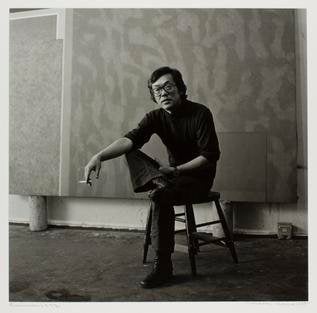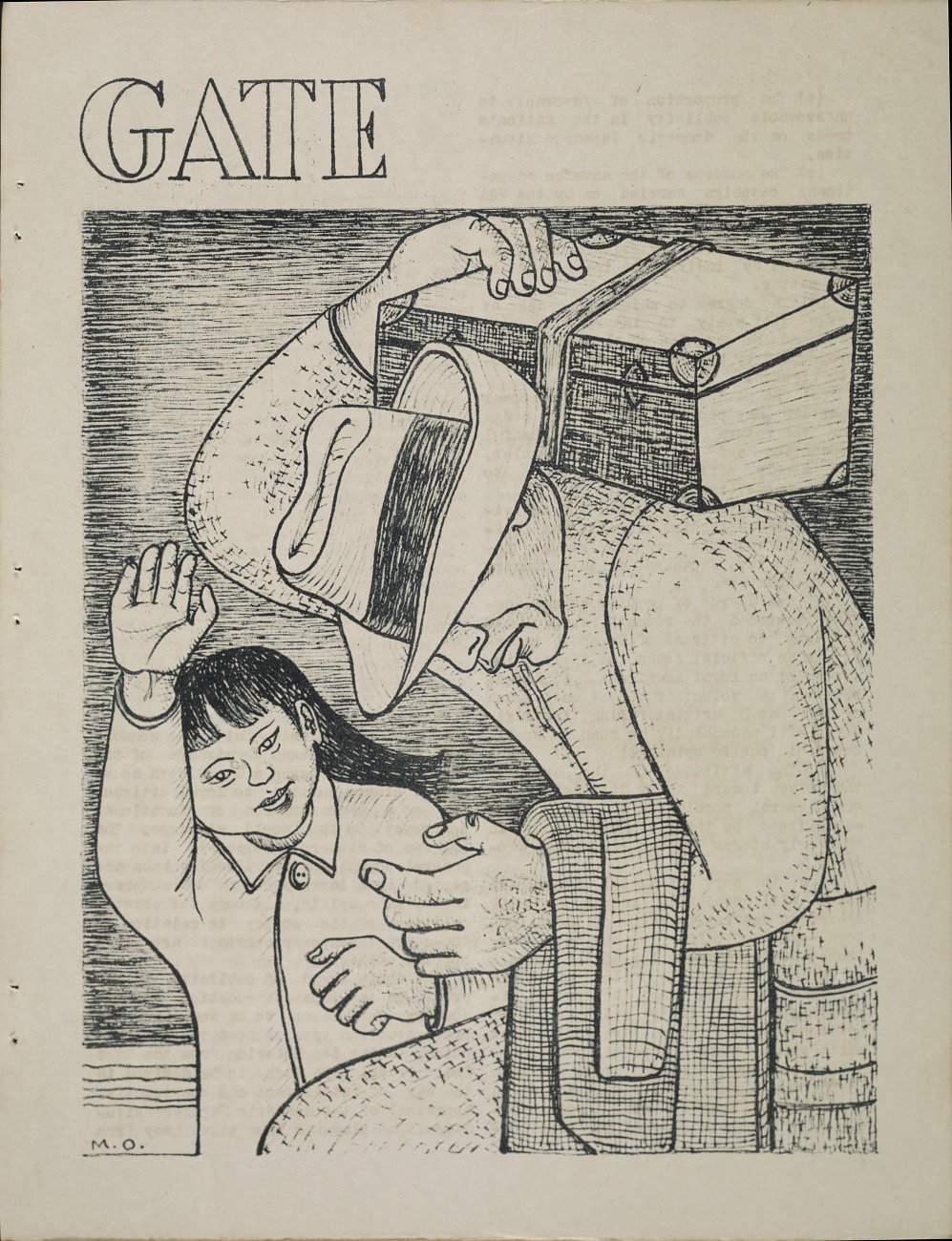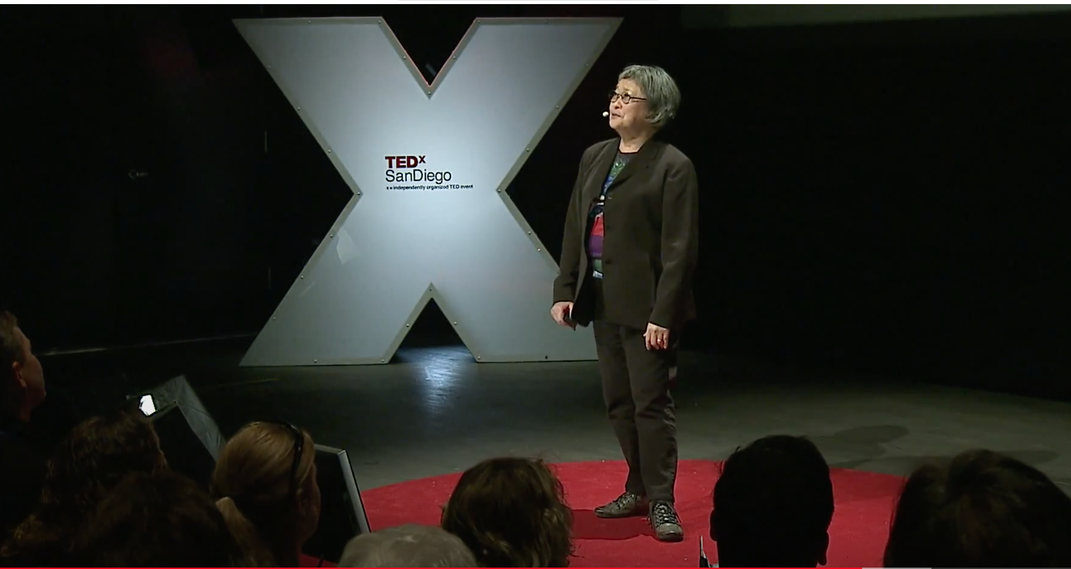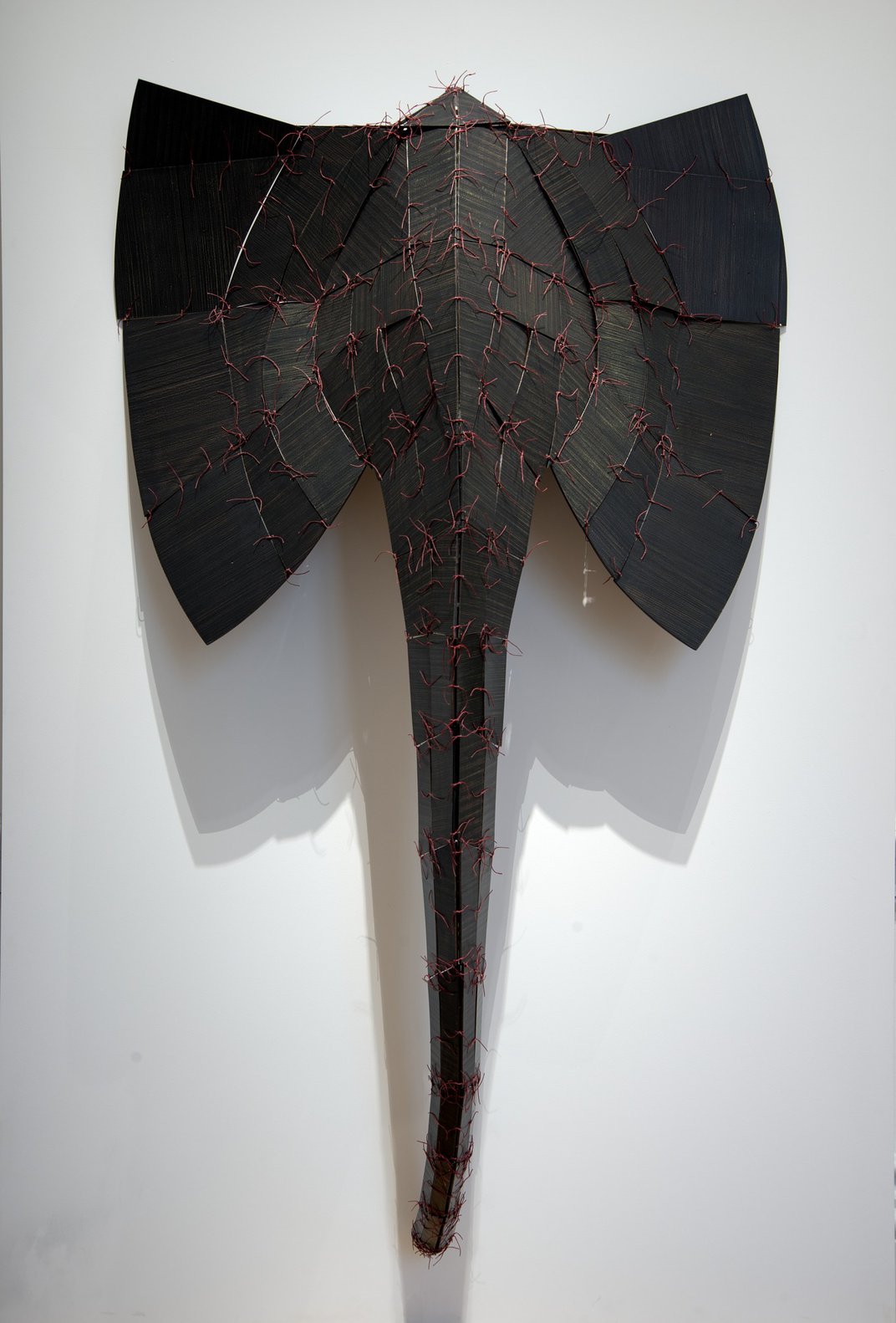After the U.S. Supreme Court ruled in 1944 that “concededly loyal” citizens could no longer be held against their will, it took nearly two years to shut down the approximately 75 incarceration camps and return Japanese American internees to the lives from which they had been forcibly removed. This protracted process marked the end of a tumultuous period in American history that began February 9, 1942, when President Franklin D. Roosevelt issued Executive Order 9066 authorizing the incarceration of some 125,000 Japanese Americans.
The most recent episode of Articulated, a podcast from the Smithsonian Archives of American Art, concludes a two-part examination of how this upheaval is reflected in the work of both the artists who experienced it and some of their next-generation acolytes.
“As camps closed throughout 1945 and 1946, Japanese Americans began their reverse migration back to the lives they had been forced to leave behind,” explains the episode’s host, archivist Rihoko Ueno. “They had lost their homes, jobs, businesses and belongings. Many returned to the West Coast to replant roots after their hardships, while others started anew in different areas of the country. Everyone was forced to start over.”

At the Archives of American Art, Ueno works with a research collection of some 2,500 recorded oral histories of interviews with individuals working in the visual arts, the largest in the world.
ShiPu Wang, from the University of California, Merced, and Kristen Hayashi, a curator at the Japanese American National Museum in Los Angeles, join Ueno in the episode “Reflection and Reconciliation: Legacies of the Japanese American Incarceration and the Arts,” to contextualize the various oral history recordings excerpted in the show.
The first of these is a 1990 conversation with abstract painter Frank Okada, who at 11 years old was forced from his Seattle home to a “relocation center” with his family, even as his two older brothers had joined the U.S. Army. For him as a child it felt at first like an “extended summer camp.” But for his elders, he could sense their indignity. “I think the older people really suffered, you know, there were great sacrifices. I think a lot of people never made it, really. Killed their will,” he told his interviewer Barbara Johns about a decade before his death in 2000.

Okada would eventually settle in Oregon and spend the final three decades of his life painting and teaching. Okada told Jones that it was only as an adult in the 1960s that he became fully conscious of his identity as an Asian American, and that he felt that identity was initially celebrated more directly in literature—specifically citing the works of the poet Lawson Inada and the playwright and author Frank Chin—than in visual media.
“The written word is so much more precise, in terms of describing things,” Okada reflected. “And the way I paint is hard to align with that kind of thing.” He went on to describe his body of work as “a more dedicatory object than something that says something.”
The Tag Project

Woodworker and furniture maker Wendy Maruyama speaks more specifically to the legacy of the camps in her work Executive Order 9066. The series, which she began in 2009, encompasses more than 100,000 recreations of the paper identification tags individual internees were required to wear, which Maruyama then arranged into ten sculptures. In 2010, Maruyama—who was born in 1952, a few years after the closure of the camps—confessed to interviewer Mija Riedel that the pressure of the massive undertaking sometimes felt overwhelming to her. “Part of me wishes I never did it,” Maruyama said. “It’s a lot of tags, you know?”
Contemplating how much of her life the project might claim, Maruyama said, “I keep saying it’s going to be done in two years, but it’s already been a year, and I don’t see this being finished in one year. I think, realistically, four years would be more likely, unless I figure out a way to get some funding to hire somebody to kind of help.”
In the years after the interview, which is featured in the Articulated episode, was recorded, Maruyama would go on to exhibit Executive Order 9066 (occasionally under variant titles) at the Bellevue Arts Museum near Seattle, the San Francisco Museum of Craft and Design, and the Haystack Mountain School of Crafts Center for Community Programs in Maine, according to her Tag Project website.
Design for living
Later in the episode, we hear excerpts from a 2010 interview with furniture designer and architect Mira Nakashima. She tells interviewer James McElhinney about how both sides of her family, the Okajimas and the Nakashimas, weathered their years of incarceration.
Born in 1942, Nakashima was only six weeks old when her family was interned in Idaho. She described her father’s attempts to improve the conditions in which internees were made to live.

“He and this fellow named Gentaro Hikogawa, who was a Japanese carpenter trained in Japan, worked together to try to make the barracks livable,” Nakashima told McElhinney. “They used sustainable materials from whatever you could scrounge. They used packing boxes and little bits of bitterbrush that they found in the desert, which doesn’t grow there anymore.” She adds that she still owns a toy box her father made during those years.
The episode concludes with contemporary remarks from Wang, who observes that art made in response to shared trauma does more than simply create a record of tragedy.
“I don’t regard the wartime artwork created by [painter and illustrator Chiura] Obata, [writer and illustrator] Miné Okubo, [painters/printmakers] Hisako and Matsusaburo Hibi or even [painter/photographer/printmaker] Yasuo Kuniyoshi as necessarily documentary in nature,” Wang says. “And I see them as visual representations or interpretations of the challenging situations they were living through. I think, looking at them, they were sharing with us their subjective point of view, but also their emotional experience in that moment.”
Elsewhere in the Smithsonian Pod-a-Verse
On “Drops From Jupiter,” the latest episode of the National Air and Space Museum’s AirSpace, hosts Emily Martin and Matt Shindell unpack how the Juno spacecraft, launched in 2011 and entering orbit around Jupiter in 2016, was very nearly sent up without a visible-light camera.
That would have been a loss, because—recent image-acquisition difficulties aside—the images the massive solar-powered spacecraft have sent back to Earth have been stunning, illustrating how valuable the contributions of private citizen-scientists can be. (An audio clip Juno captured on its flyby of the Jovian moon Ganymede, which NASA released in December 2021, thrilled skywatchers, too.)
Though a visible-light camera was not strictly necessary for Juno to accomplish its scientific objective—to study Jupiter’s gravitational and magnetic fields and composition—Juno primary investigator Scott Bolton declared, “We’re not going to Jupiter without a camera.”

That’s a tough position to take, because every additional instrument on a spacecraft adds weight and therefore cost, but it turned out to be a smart call, because the JunoCam images captured and sent back to Earth have helped stoke public enthusiasm for the mission.
Members of the public themselves have been examining the photos, because when the mission began there was no dedicated JunoCam imaging team. Instead, the images have been posted on a public website as they’ve been received.
JunoCam has, after a string of discoveries by citizen scientists, retroactively been deemed an official scientific mission, complete with its own processing team.
“Lesson: When in doubt, bring a camera,” Martin concludes.
Shindell adds: “The more chairs you put at the table, the more people you draw into your project, the better the science will be. It’s not just about engaging the public; it’s about involving the public—and creating more and better science.”
The Smithsonian Institution offers a wide range of podcasts for all listeners.
